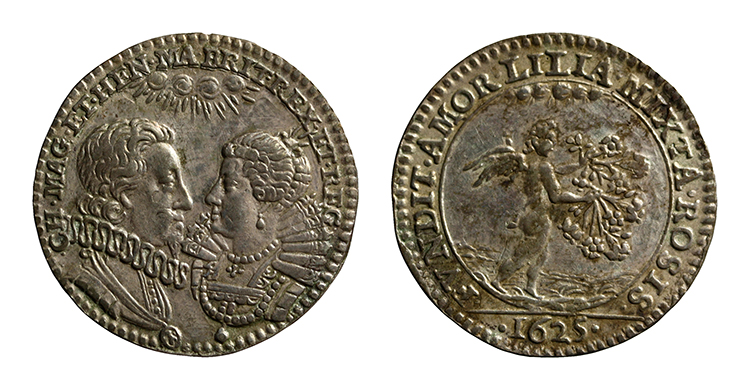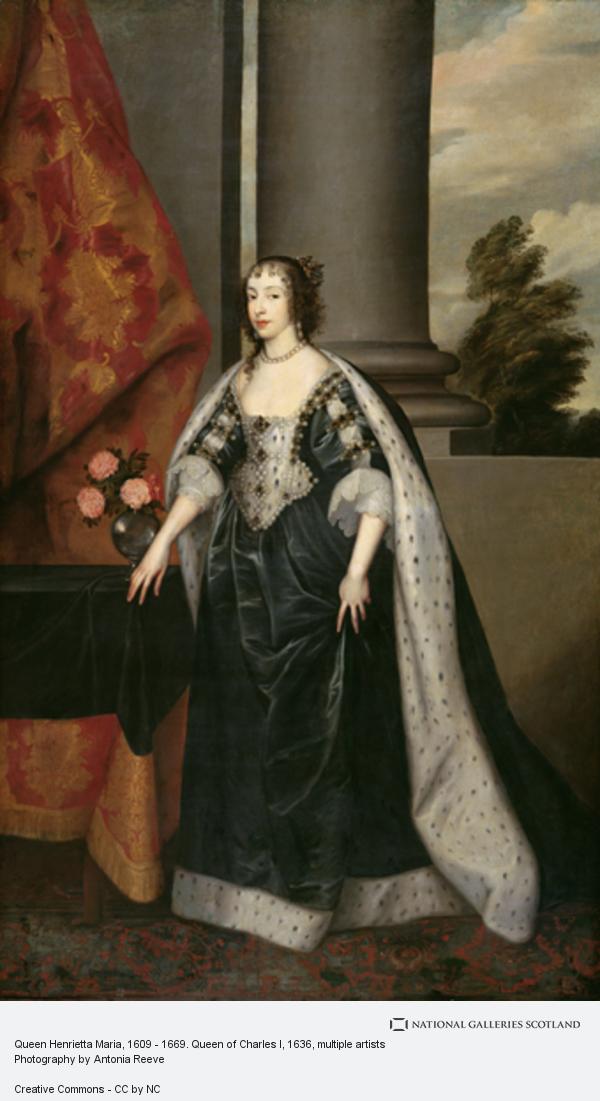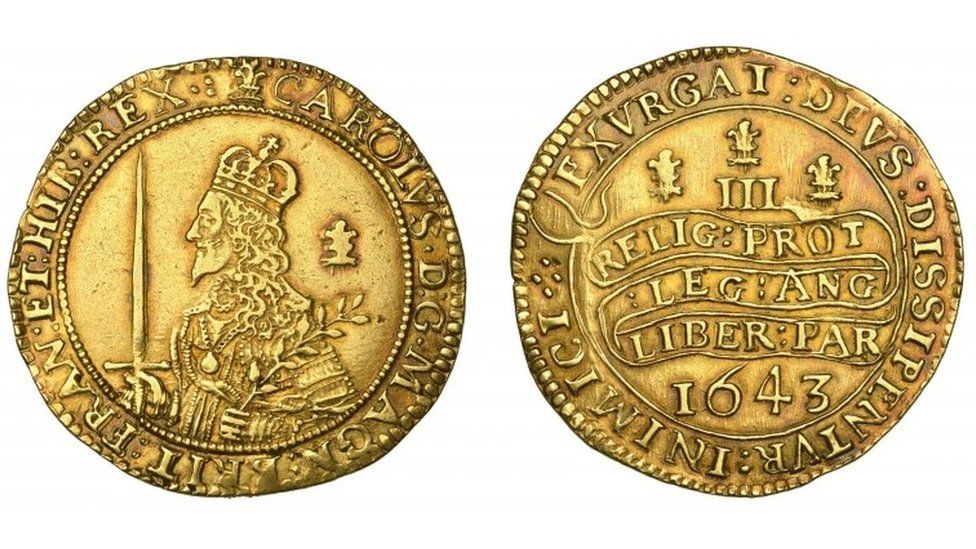The assassination of Buckingham in 1628 saved the marriage. Charles and Henrietta Maria found solace together and eight children were born between 1629 and 1644, a family famously celebrated in the portraits of Van Dyck. She developed into a discerning patron of the arts, an enthusiastic developer of houses and gardens, a confident participant in court politics and a committed patron of the Catholic cause in England. King and queen commissioned and participated in court masques that held up their mutual love as a model for the harmony of a wise king and his ordered realm. As tensions grew over Charles’s religious and fiscal policies across his three kingdoms, tensions that would lead in 1637 into a revolt in Scotland, his more anxious subjects saw in such productions evidence not of harmony, but of papist conspiracy at the heart of the court and of the queen at its head. Her elaborate baroque chapel, built by Inigo Jones at Somerset House, her cultivation of continental sacred music, her squad of French Capuchin priests, her encouragement of noble lady converts to Rome and her welcome to papal agents at court all fitted the picture.
As Charles turned reluctantly to his English Parliament to resolve the deepening crisis, criticism of the queen mounted. It was in part fear for her safety that led them to leave London in January 1642 and soon afterwards she crossed to Holland. She was both escorting her daughter to a marriage into the House of Orange and looking for support for her husband’s cause. Early in 1643, she sailed to Bridlington and set herself up at York, helping to direct the royal armies in the north, but her aim was always to re-join the king, who had made Oxford his base and Christ Church his home. Already in February she was writing to him, ‘I am in the greatest impatience in the world to join you’.
By mid-March 1643, rooms at Merton were being prepared for the queen and a route cleared between their host colleges so that king and queen could readily meet. She finally arrived on 14 July, entering the city by coach. There were speeches of welcome and the university authorities presented the queen with gloves and books of poems. Then she walked with Charles from Christ Church through one of the Canon’s gardens and ‘Corpus Christi backeside’ to Merton, where she settled into the Warden’s Lodgings at the junction of Front Quad and Fellows’ Quad. These were conveniently vacant as the Warden, Nathaniel Brent, had fled to London and sided with Parliament, which was by then busy trying to impeach the queen as well as to besiege her husband.
Henrietta Maria already knew Oxford. When she and Charles visited in August 1636, four-year-old Anthony Wood, the great chronicler of 17th-century Oxford who grew up in Postmasters Hall, saw them and remembered it for the rest of his life. Indeed, she already knew Merton, for Warden Brent had entertained the royal couple in 1629. Welcomed to the College with an oration by James Marsh, a long-serving fellow, they spent an hour in the long gallery that stretched from Brent’s lodgings along the top of Fellows’ Quad, enjoying afternoon sweetmeats.
She made her bedroom in Brent’s dining room, now the Breakfast Room, accessible from the stately carved staircase that Brent had just had built, while her entourage occupied the Queen’s Room over the Fitzjames Arch and adjoining areas. They included several servants who died at Oxford and were buried in the College Chapel – Richard North, Ellis Roberts, Mary Skevington – and the widows of aristocratic royalist captains, such as Lady Cobham and the Countess of Northampton. The Chapel hosted her Catholic services and at least one fellow, Dr John Greaves, the Savilian Professor of Astronomy, was later accused of spending far too much time with her Capuchin confessors. (Read more.)
 |
| Marriage Medal of Charles I of England and Henrietta of France |
From the BBC:
A rare large gold coin from the reign of Charles I has fetched £54,560 at auction. The coin, known as the Triple Unite, was minted in Oxford in 1643 during the English Civil War and had the value of 60 shillings, or three pounds. It depicts the King holding a sword and an olive branch, possibly signifying his desire for peace. It sold earlier at auction house Dix Noonan Webb as part of the Micheal Gietzelt Collection. (Read more.)



















No comments:
Post a Comment